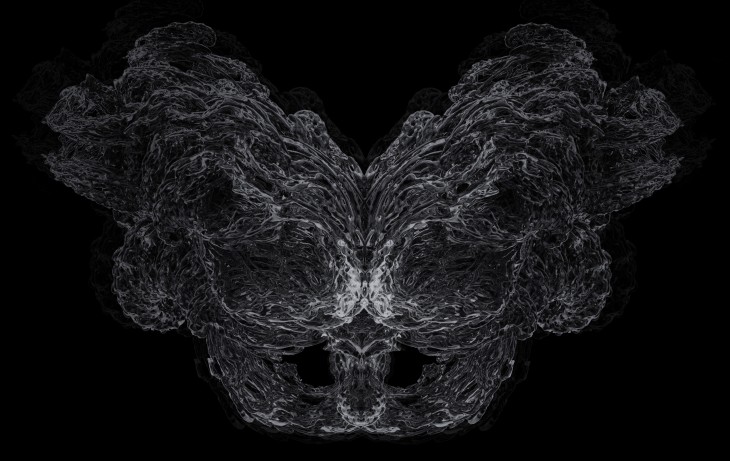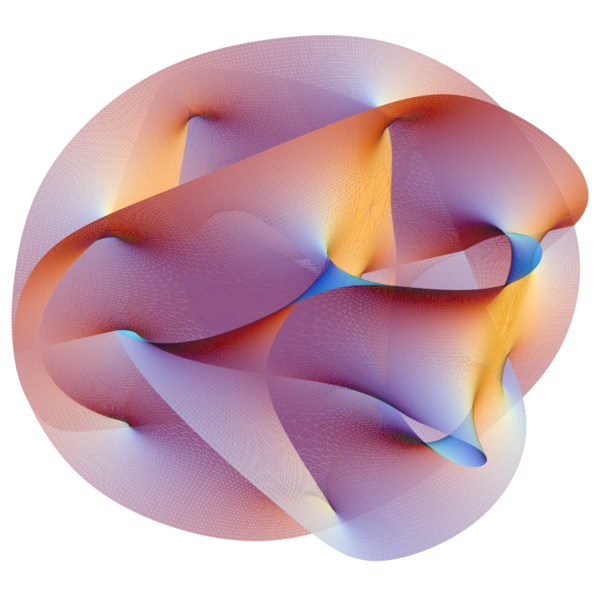In the extensive work on Digital Cities Neil Leach critically approached the vital importance of Digital technologies and their development for the future of urban design as a creative sub-field. In the past 20 years the boom of Digital Technologies and their grand entrance into the world of practical and rigid-minded modernist architecture has rapidly taken over the place in architects’ thoughts, designs and conversations. Architectural subcultures of “parametricism”, cities following swarm emergence development, the entire conglomerations of living and breathing systems unifying into so-called Chlorofilias; highly theoretical, and for the most part speculative theories have created a shift in the “frozen” architectural thinking of the 20th century in the unknown, yet promising direction, and gave it a new platform for theoretical evolution at the least.
Category Archives: Kateryna Rogynska
Mark Wigley_The Architecture of Atmosphere
In his writing on Architecture and Atmosphere Mark Wigley is arguing several fundamental to the architectural practice concepts: the importance of atmosphere and what really creates it in a project, architectural representation of atmosphere and how it differs with the diverse design scales: from a city to a building.
The long tradition of architectural theory suggests that architecture is a complex medium, the mere purpose of which is to create a theatrical effect – an atmosphere. It is an intangible collection of particles that surrounds a certain configuration of walls and floors, and is volatile with the addition of a human touch to the building. Wigley’s writing raises several questions: who or what is the creator of an atmosphere: an architect or the inhabitant? Can a complete and fulfilling atmosphere be sole designed by an architect? What is the value of architecture as a design field if an inhabitant contributes as much input to the creation of a given “atmosphere” as does the long months of work of an architect?
Since early works of Frank Lloyd Write “architectural representation” became an expression that goes hand-in-hand with the word “atmosphere”. Several decades ago architects have already understood the importance of showcasing the best parts of the project design and even further enhancing its effects on the surrounding and vice versa, inherently influencing the project’s commission and revenue values. While some rejected the idea of manipulating the representational medium, the majority of designers continued creating idealized images of the pseudo-real projects. Hence, further embedding the value of architectural representation visual “atmospherics” into the monetary equation of architecture as a business. Thus, an atmosphere of a building is no longer a predefined and carefully articulated “soul” of the design, but rather a mere commercialized product produced by “image-making artists”.
Deleuze and Guattari – A Thousand Plateaus- The Concept of the Rhizome
In the introductory chapter of A Thousand Plateaus the authors introduce a fundamental theory that may become an answer to the numerous questions modern science is facing on its increasingly difficult road to the advancement of our progress. It is what Deleuze calls an “image of thought”, based on the botanical rhizome, that apprehends multiplicities.
The concept of a rhizome is not easy to understand on its own, but its theoretical applications become much more evident when contrasted with a more linear concept of a “tree”. A tree develops in a sequential manner, has a point of origin and its vectors collide in multiple locations to form a junction that further gives birth to a new set of vectors. The idea of a split and duality is pertinent to the concept of a tree. On the other hand, the rhizome is a much more complex unity, that has no evident origin or end. The vectors of its development are multidirectional and show no sign of termination, but rather interweave in plateaus, another fundamental component of the rhizome theory. The rhizome is like a network of roots. If one segment of it was removed, the remaining part of the body would continue on growing in an unpredictable manner, always forming plateaus that relate within each other and to the other plateaus. Hence the plateaus of a rhizome are always in the middle of the network while being preceded and followed by other plateaus. In such tightly interweaved system no element works alone. The rhizome is an anti-genealogy that does not necessarily originate from a point but rather comes from something bigger.
According to Deleuze and Guattari, when one is trying to describe a concept, be it a fundamental theory or a simple logic, he is trying to map the idea, in the mean time blocking the rhizome. Mapping of the world and its components is a concept of duality; it is a process of tracing an original idea to recreate its mere copy. Simultaneously, building up a long-term logic one is using the “tree” approach, which the authors relate to the long-term memory rather than an infinitely short moment of “now”, which is directly correlated with an actualization of the short-term memory.
In this chapter Deleuze draws numerous examples of how the rhizome theory is not only a concept found in biology, but rather a complex system traces of which can be found anywhere from world politics, human DNA structure to quantum physics.
Astonishingly, Deleuze and Guattari managed to pinpoint the current traits of our societal development almost 40 years ago. Their vision of the rhizome predicts and explains the boom of the social networks. The fundamental mathematic function (n-1) when looked into with the bearing of a rhizomatic approach in mind, is a dimensionless unity that has no beginning and no end, yet is comprised of infinitesimally small particles of which 1 is a part of, if subtracted from the multiplicity. Intertwined with the number of directionless plateaus it forms a whole that is not a one or two, but rather a collection of multiplicities.
Deleuze and Guattari’s work has a potential to describe the String Theory of Quantum Physics. An endless dimensionless string, that forms plateaus and junctions of multidirectional vector developments, a future theory of everything.



